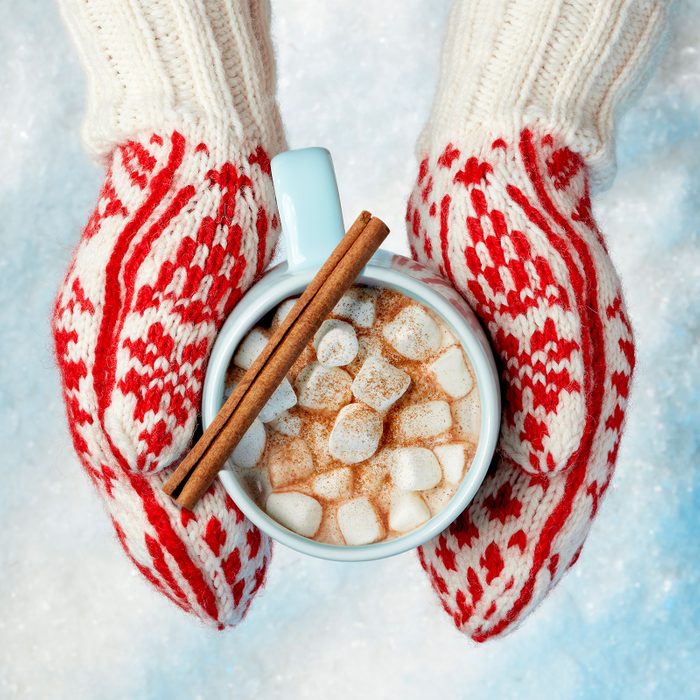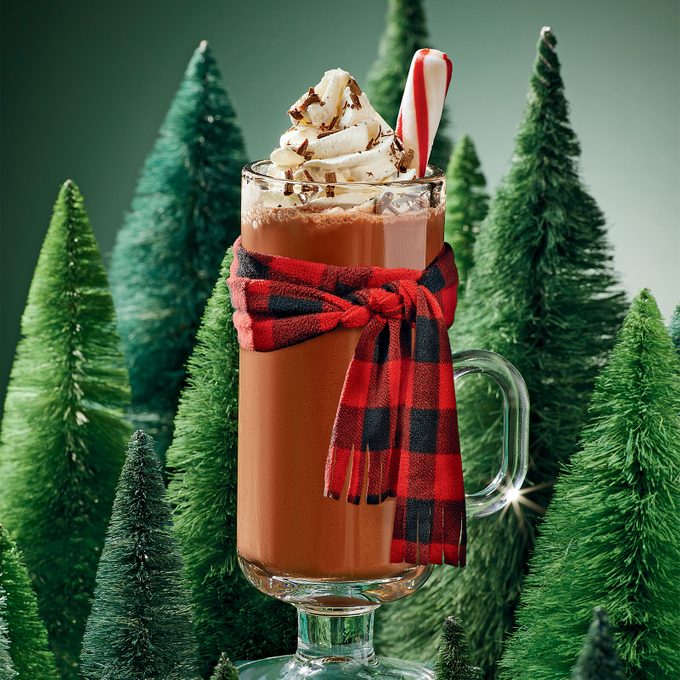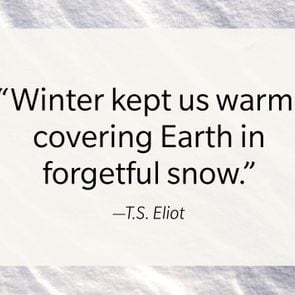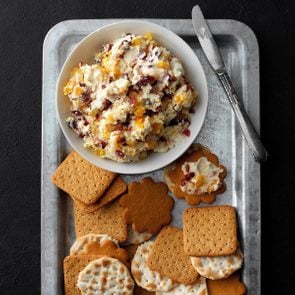The Delicious History of Hot Chocolate
Updated: Feb. 03, 2024

The tasty beginnings of a beloved winter tradition: drinking hot chocolate
After skating, skiing or shoveling snow, nothing warms you up better than a cup of hot cocoa. Although today’s typical toppings—whipped cream, marshmallows, crushed peppermint candy—may be modern marvels, chocolate was first consumed in liquid form by the Olmec people of northwestern Central America around 1500 B.C. It was even enjoyed by the Aztec emperor Montezuma, and the Aztec word for it (xocolatl, pronounced shoh-kwah-tl or shoh-kwah-lah-tl) evolved into the English word chocolate.
But the Aztecs didn’t serve their cocoa hot. And since sugar had not yet arrived from Europe, back then, the drink was often flavored with peppers and spices. It may not have been quite as indulgent as today’s version, but it was more palatable if you believed, as the Aztecs did, that chocolate was a gift from the gods and had healing properties.
After the Spanish arrived in the Americas in the 1500s, liquid chocolate made its way across the pond, where wealthy Europeans added sugar and drank it warm. In Chocolate: History, Culture and Heritage, author Bertram Gordon says hot chocolate became “the beverage of the aristocracy,” as sugar was still a luxury. (Marie Antoinette even had a servant with the title Chocolate Maker to the Queen.) Doctors also began using it to mask the unpleasant taste of medicines—and some doctors today still suggest that parents try that.
Soon enough, though, hot chocolate caught on with the masses. Chocolate houses—a cross between cafes and casinos—started popping up around 17th-century Europe. In these lively places, hot chocolate was poured from gilded pots into elegant cups. (Anyone looking for such a posh experience can still find it today at the famed Parisian tearoom Angelina’s, which also has a location in New York City.) But by the end of the 18th century, chocolate houses had mostly died off, partly because the cost of chocolate was much higher than that of coffee or tea.

In Colonial America, meanwhile, George Washington is said to have enjoyed a breakfast of cornmeal pancakes alongside a warm chocolate drink—rumored to have been spiked with brandy.
Marshmallows first came into the picture in 1917, when the company Angelus Marshmallows published a recipe for hot cocoa topped with their product. (In another genius marketing move, the company also hitched its wagon to sweet potatoes with a recipe for the side dish that has since become a Thanksgiving staple.)
Instant cocoa is another American invention, created in the late 1950s when dairy company owner Charles Sanna faced an oversupply of powdered coffee creamer. His solution: mix the creamer, sugar and cocoa powder together, thus creating the original Swiss Miss formulation.
Taking a tour of international cups of cocoa, in Italy, you can try cioccolata calda, a thick, puddinglike version. In Colombia and Ecuador, chocolate caliente is served with a dollop of soft farmer cheese—a divinely gooey experience. And Filipino hot chocolate, sikwate, is served with mango chunks.
However you choose to jazz up your own cup, the simple pleasure of drinking a warm, chocolaty beverage is one that hasn’t gotten old for thousands of years. A gift from the gods? Perhaps. But it’s certainly one that keeps on giving.


